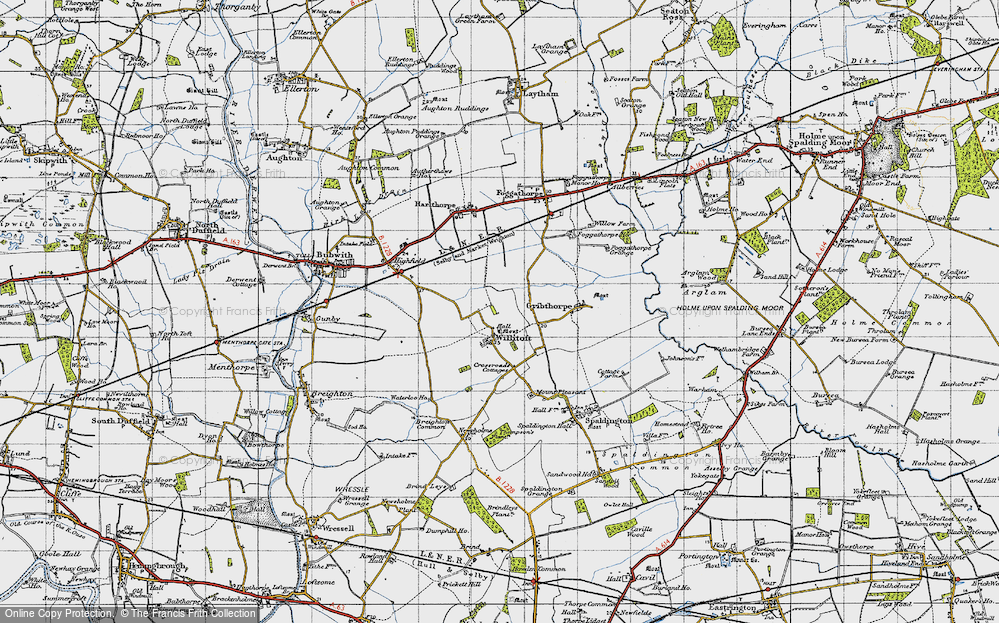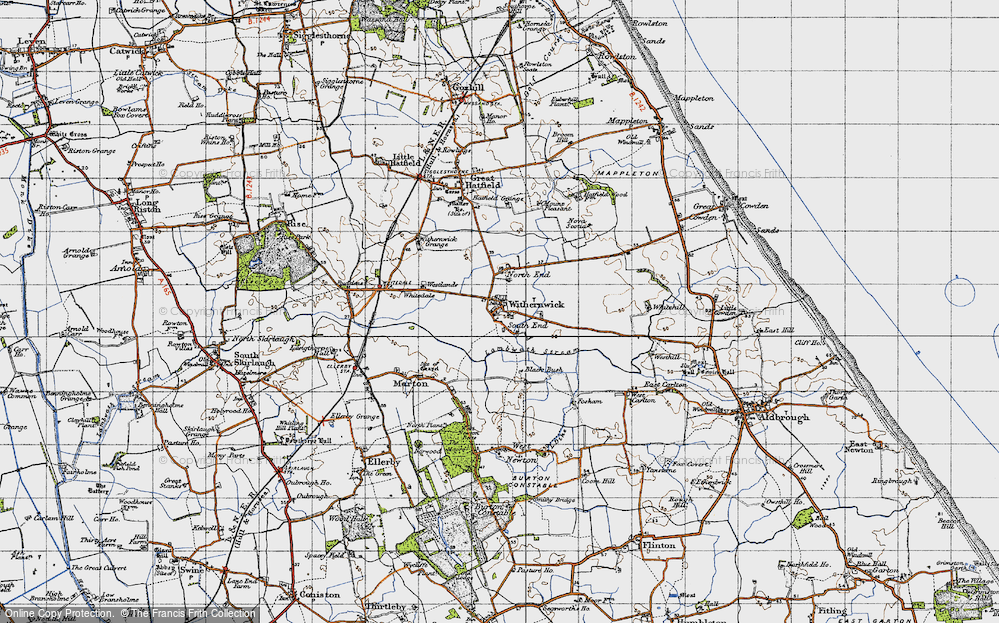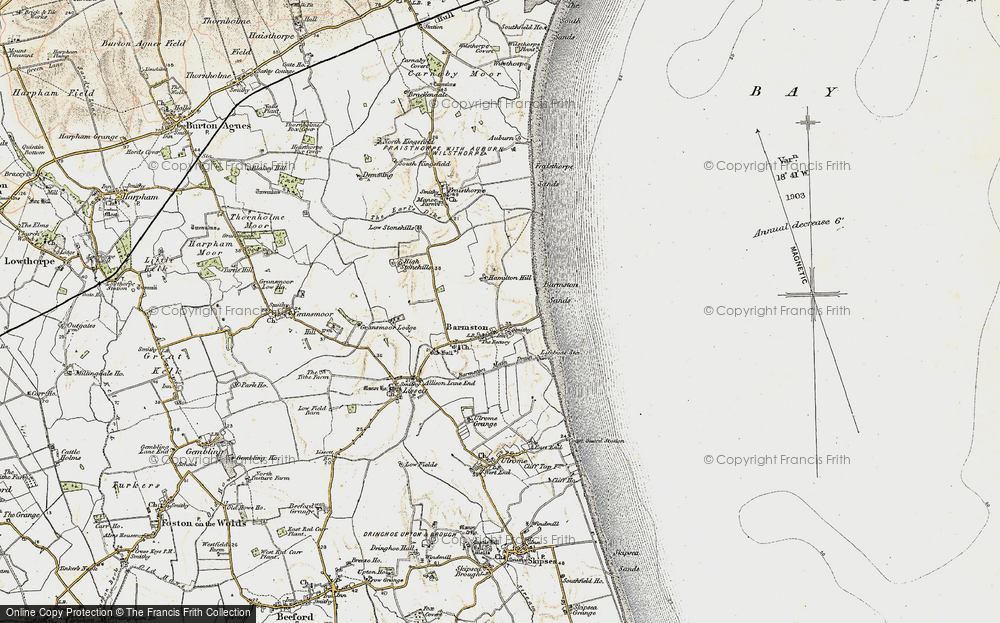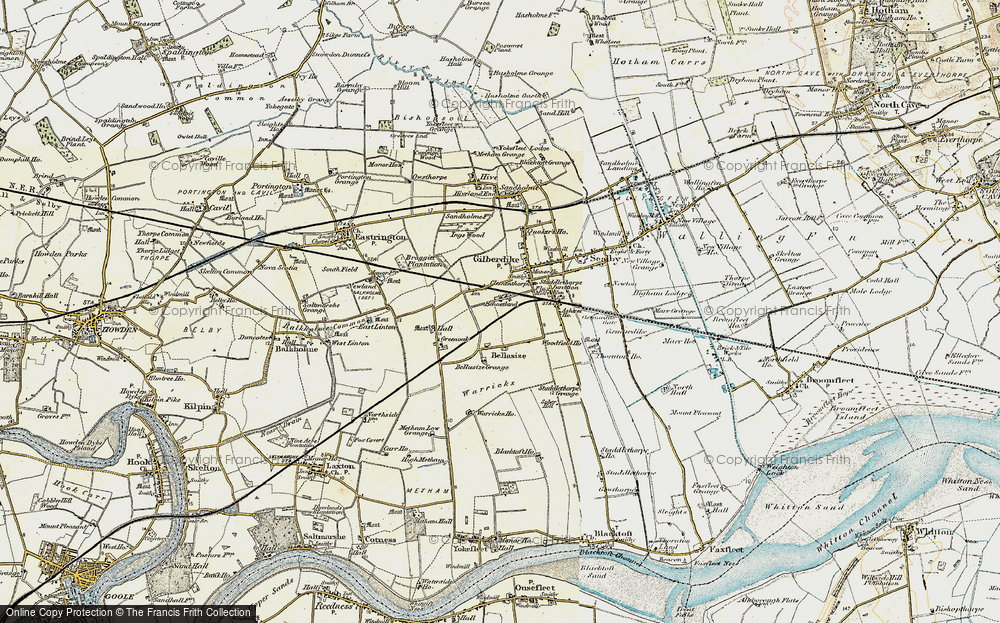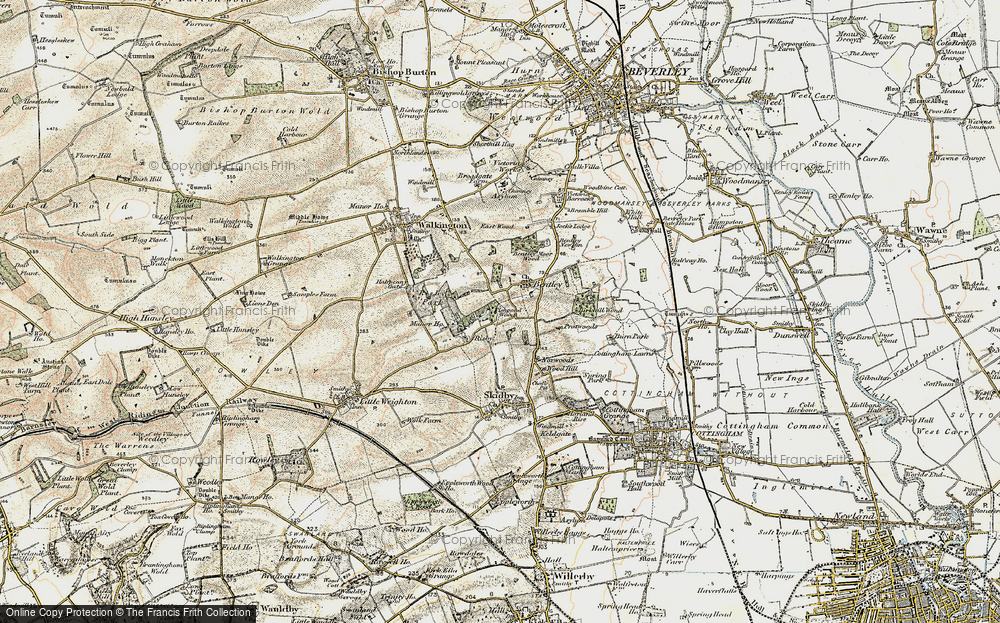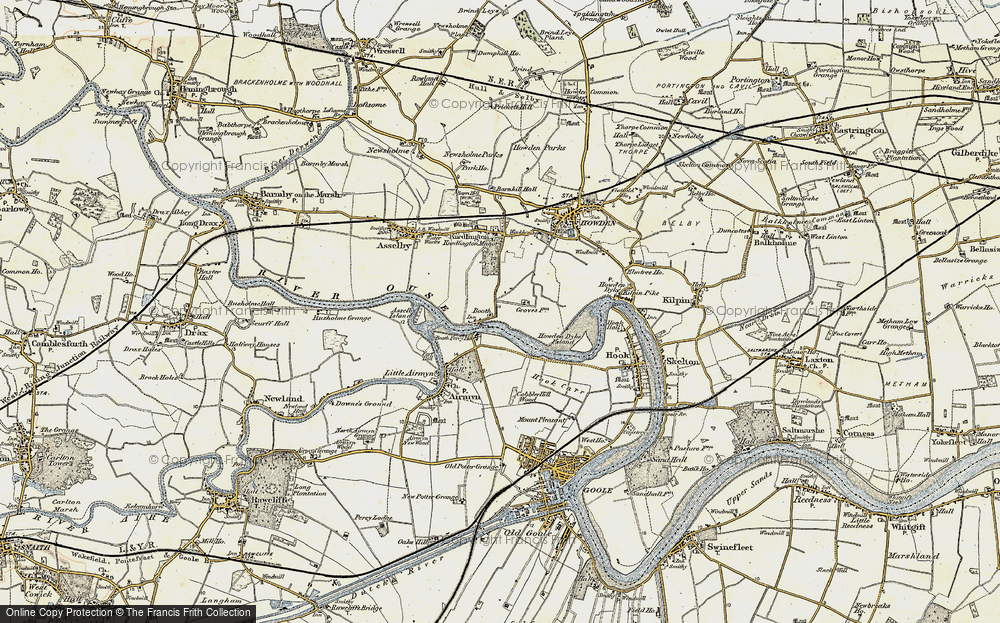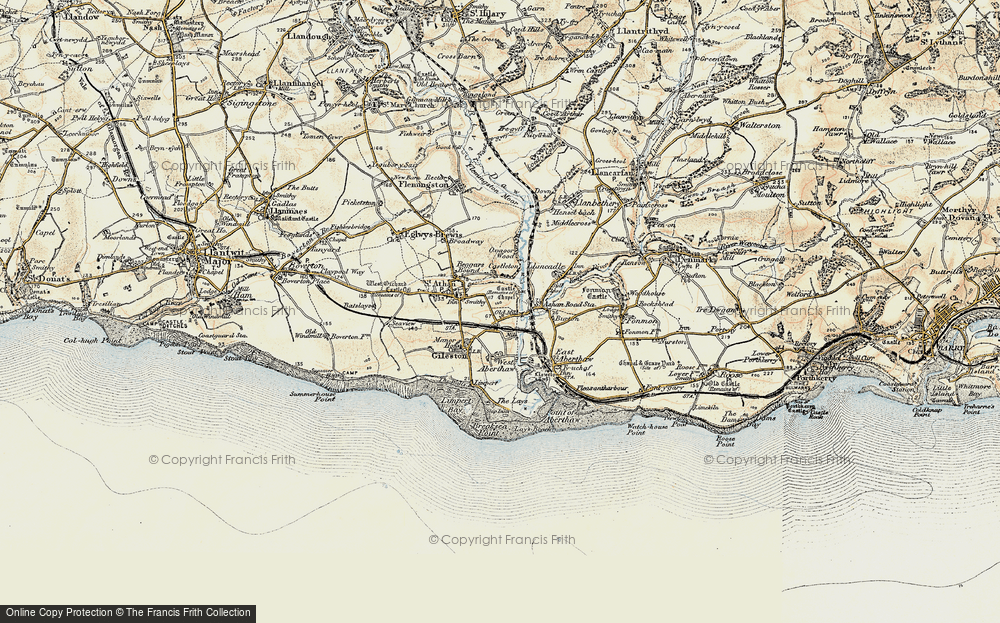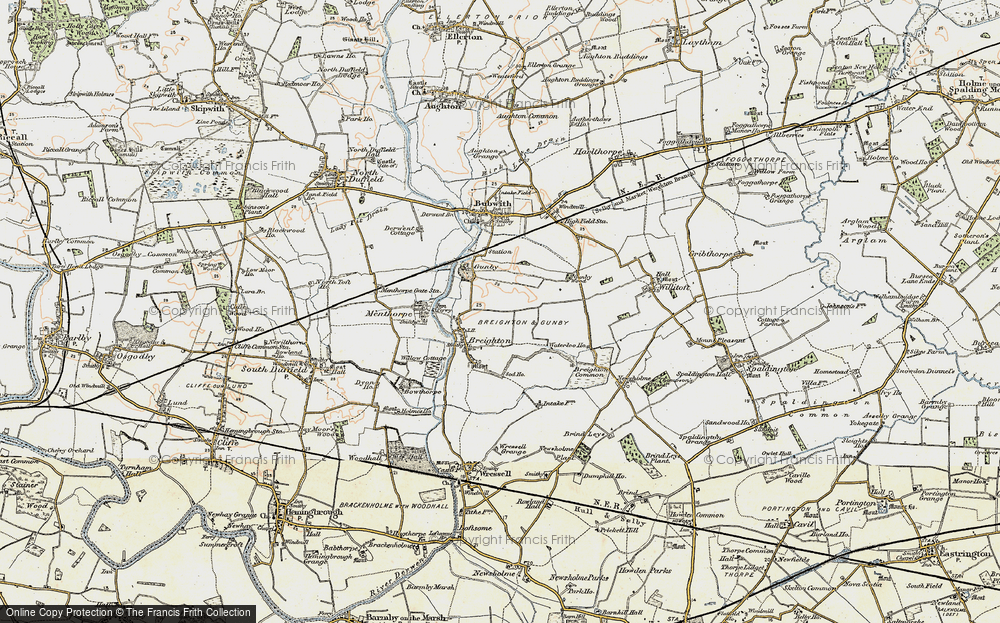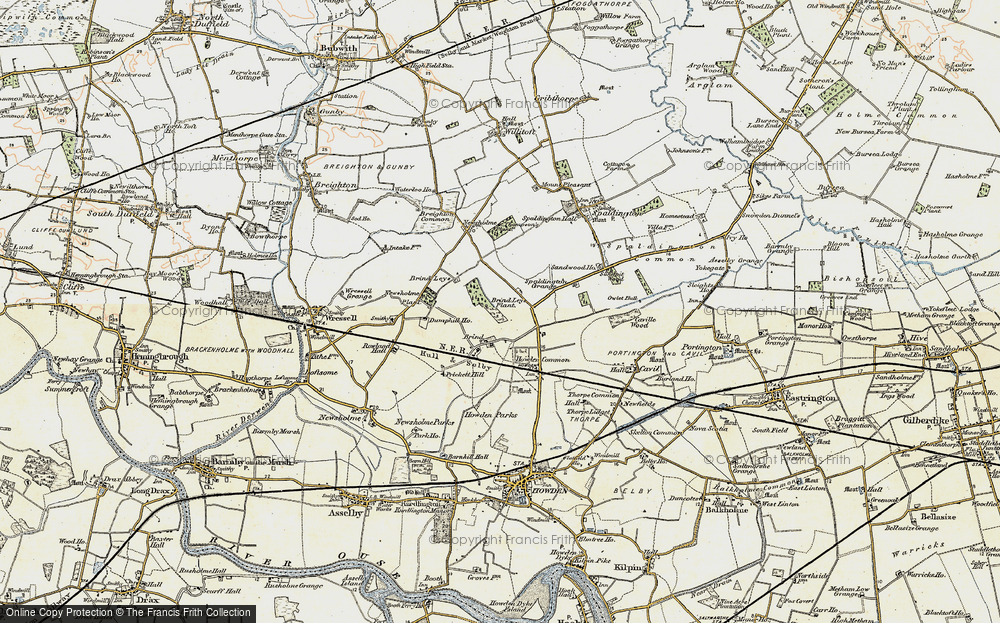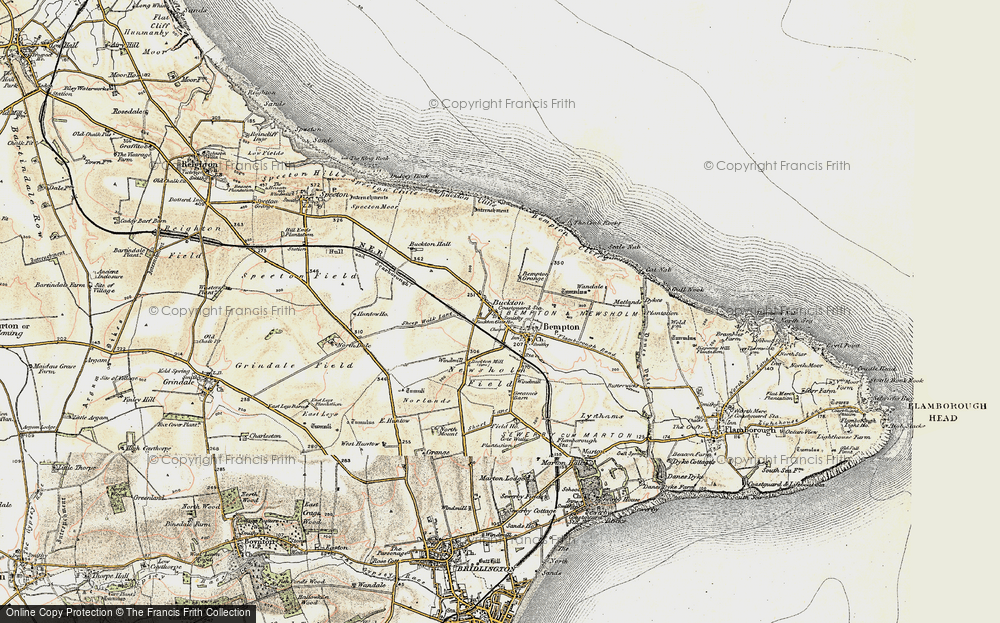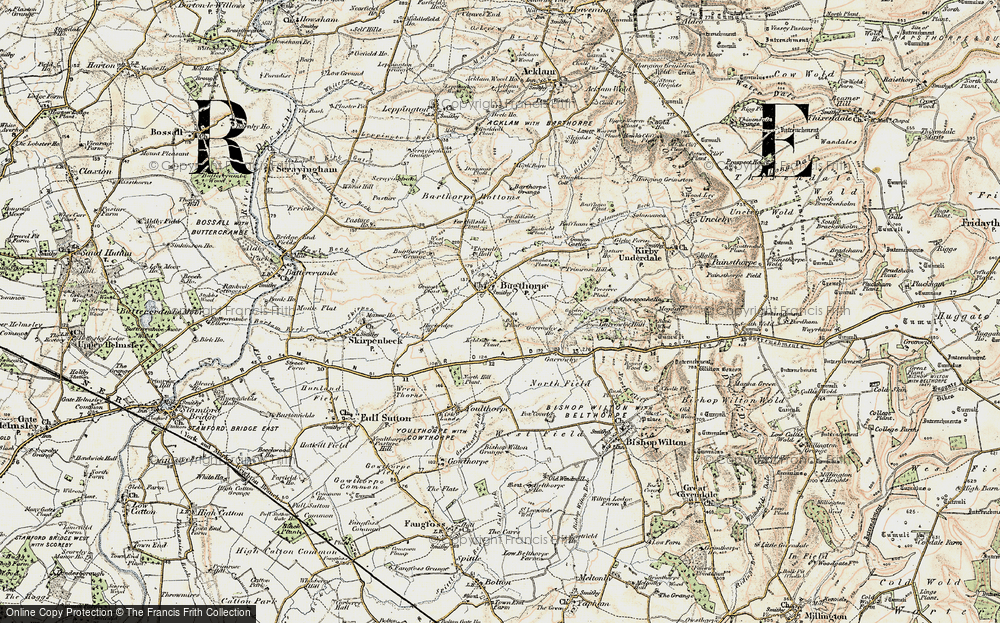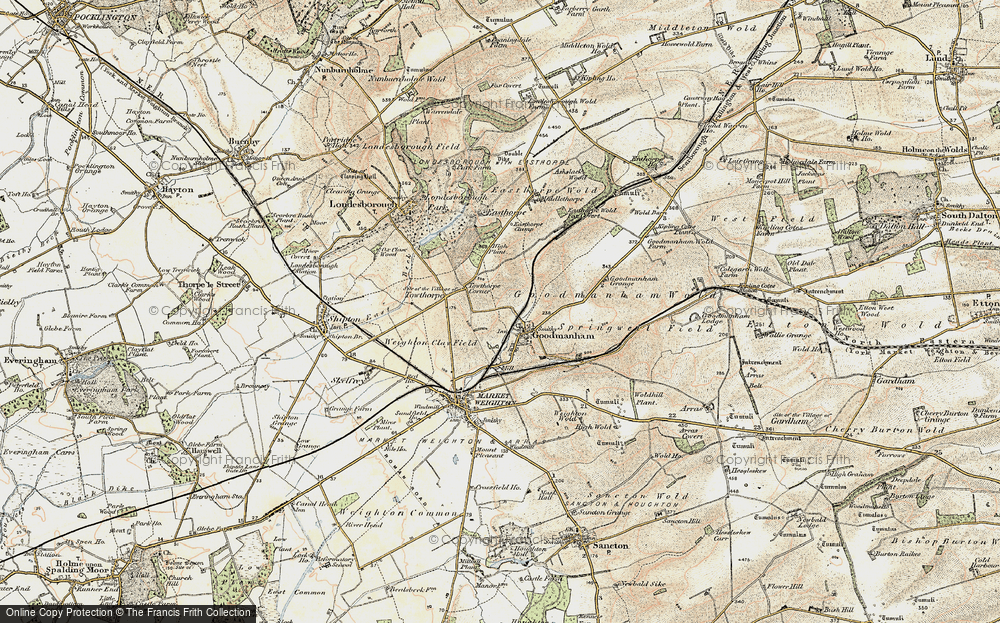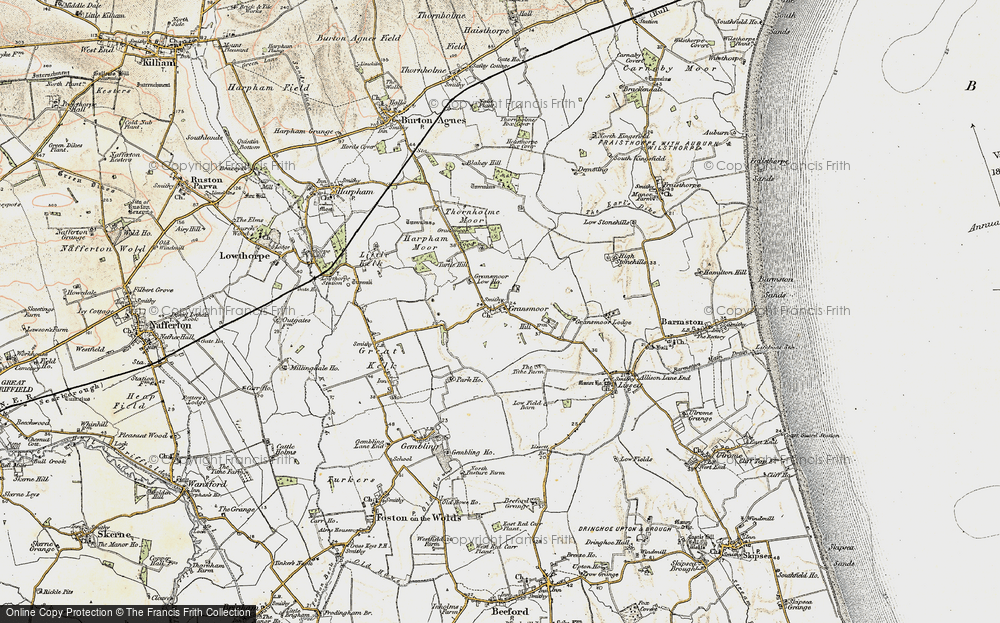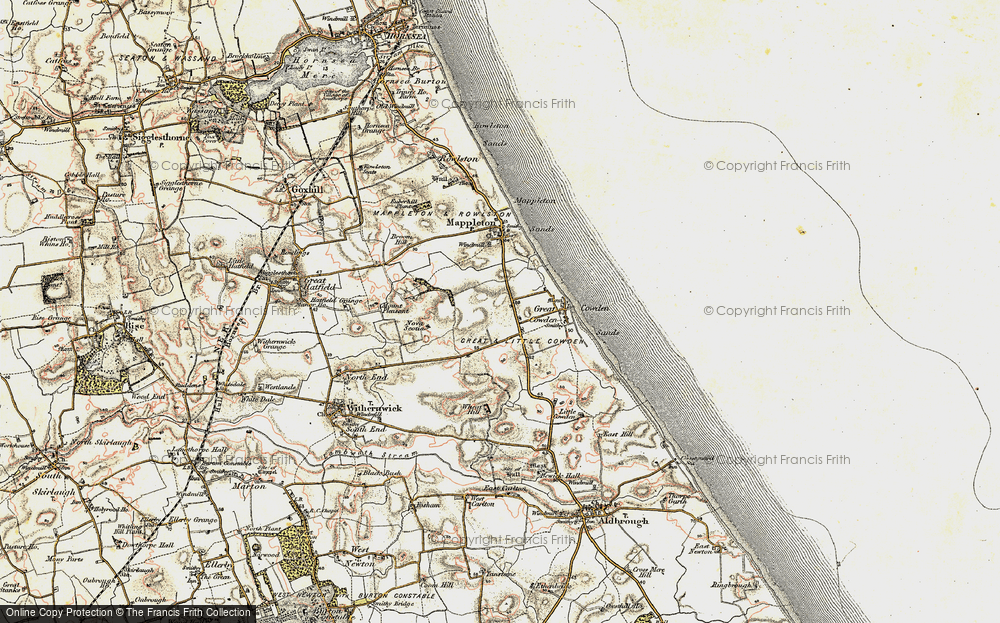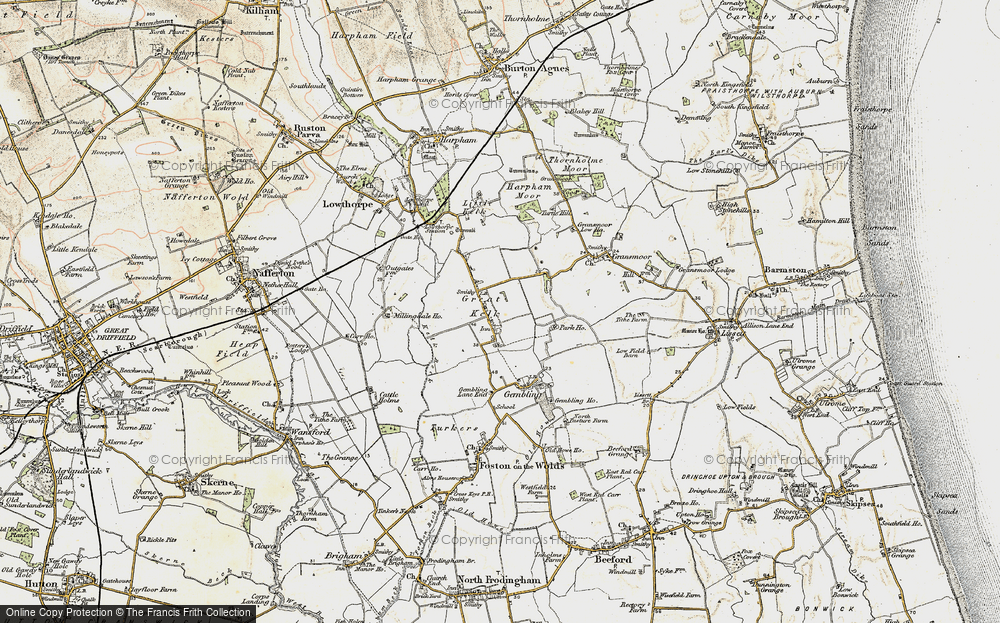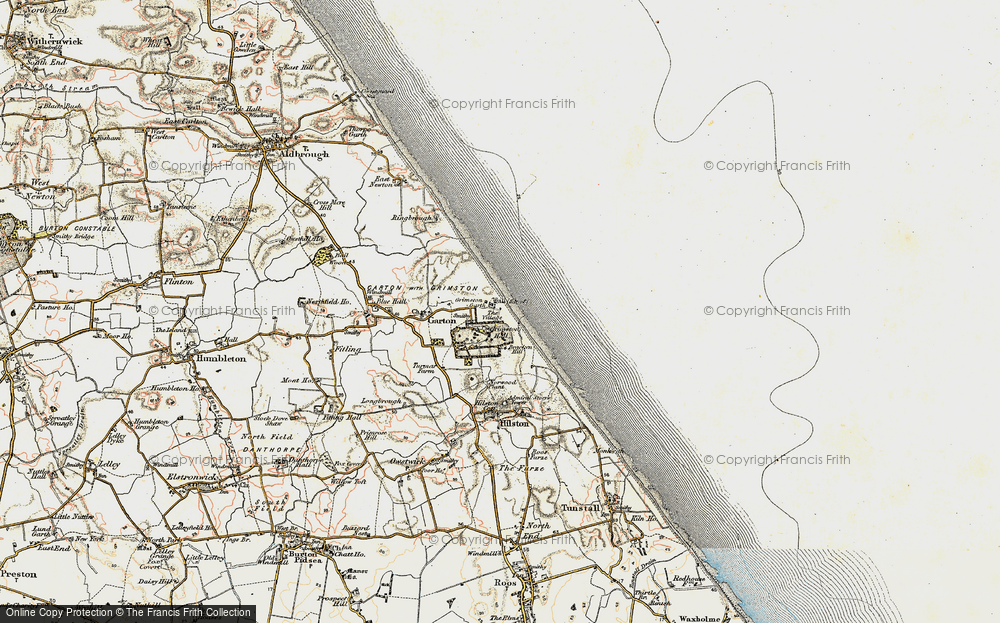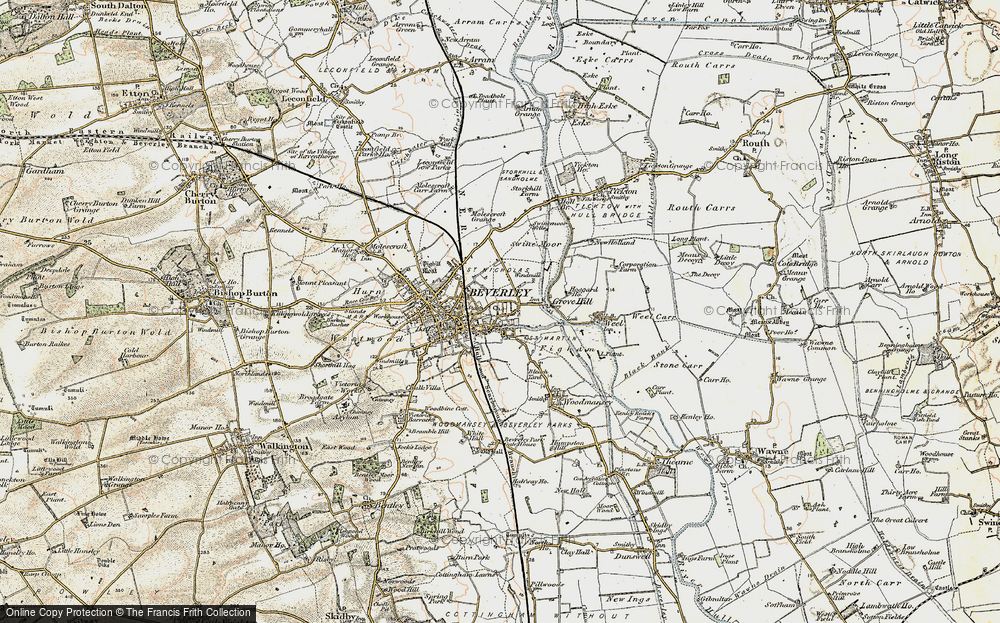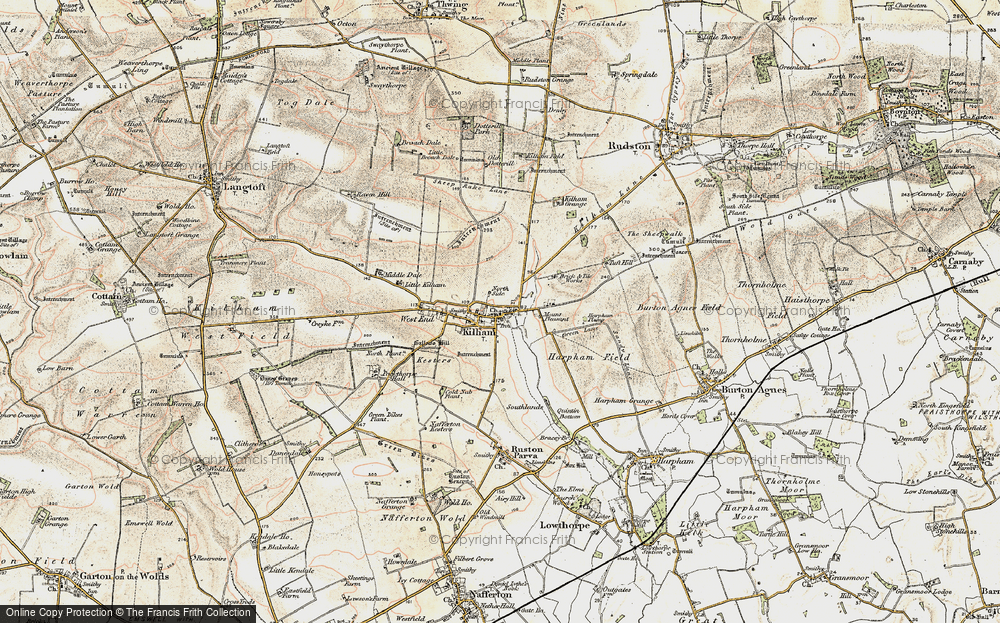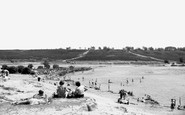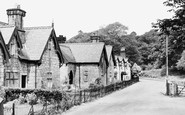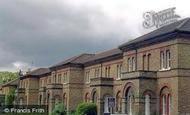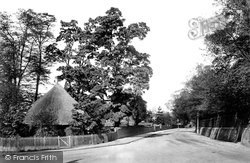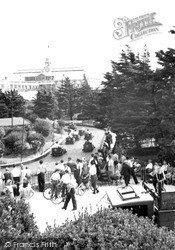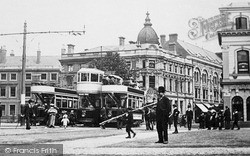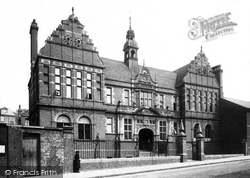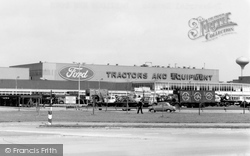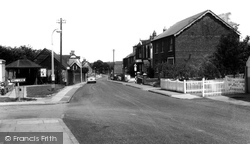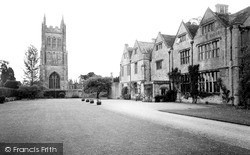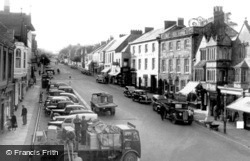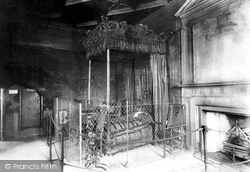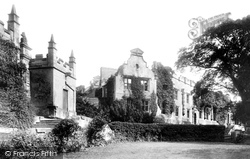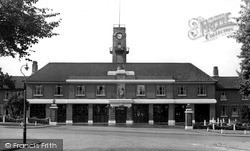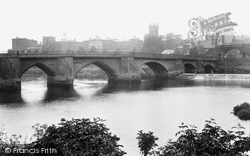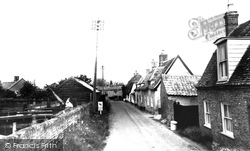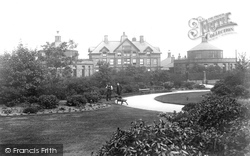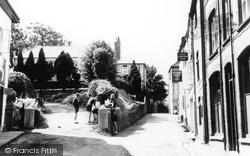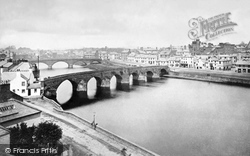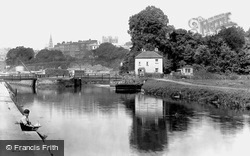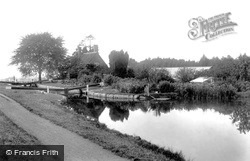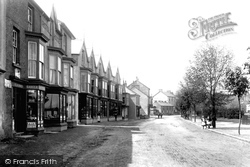Merry Christmas & Happy New Year!
Christmas Deliveries: If you placed an order on or before midday on Friday 19th December for Christmas delivery it was despatched before the Royal Mail or Parcel Force deadline and therefore should be received in time for Christmas. Orders placed after midday on Friday 19th December will be delivered in the New Year.
Please Note: Our offices and factory are now closed until Monday 5th January when we will be pleased to deal with any queries that have arisen during the holiday period.
During the holiday our Gift Cards may still be ordered for any last minute orders and will be sent automatically by email direct to your recipient - see here: Gift Cards
Places
Sorry, no places were found that related to your search.
Photos
Sorry, no photos were found that related to your search.
Maps
7,034 maps found.
Books
163 books found. Showing results 6,073 to 6,096.
Memories
22,913 memories found. Showing results 2,531 to 2,540.
Childhood Memories
I have lived in Mitcham all my life. I was born at St Helier Hospital in 1955 and we lived in the nissan huts opposite what was then Pollards Hill High School in Wide Way, we lived next to a family called the Butlers and I went ...Read more
A memory of Mitcham in 1955 by
Little Pond House At Tilford
My wife's health was not that good, and, in 1961, she was sent for a recuperative fortnight at the Little Pond House. It was a convalescent home for children used by the NHS and had also been home to children from ...Read more
A memory of Frensham by
Collyhurst
I was born at 528 Collyhurst Road, in 1961. I remember there was a shop at the end of the road and a croft facing our house. My dad worked on the railway and my mum stayed home to look after us. I went to Albert Memorial Nursery ...Read more
A memory of Collyhurst in 1860 by
Marshes Pies
Does anyone remember Marshes pie and confectionary shop, corner of Old Whint Road, opposite no 1 Labour Club? They were the best pies ever made at the back of the shop.
A memory of Earlestown in 1960 by
Fish And Ice Cream!
Hello. I used to live in Thornhill from 1958 to 1968/9 (aged 1 -11) and I always seem to remember it being sunny even though the area is one of the wettest in the UK! Fish and Ice Cream....not together. I remember my mother ...Read more
A memory of Thornhill in 1965 by
Events On The Hill
I have left the year of these incidents because they were on going throughout my childhood. The first concerns Dr Clinch's dog. Dr Clinch lived at the top of Penygarn Hill. He was a large man with a gruff exterior, I believe he ...Read more
A memory of Penygarn by
Mill Terrace
I remember when my uncle Lloyd Pritchard lived in Mill Terrace with his son Jack. Uncle Lloyd was my mother's eldest brother and was the first child of Lloyd and Hannah Pritchard who lived at Bunkers Hill, Bersham. He rode his bike ...Read more
A memory of Bersham in 1955 by
Beaconsfield St Was My Childhood
I was born in number 11 in 1932. My family name was Clough. MY dad was known to most people as Sammy Clough. We moved to number 28 a few years later. My Grandparents lived at 24. My great aunt at 22. I went to ...Read more
A memory of Prescot in 1940 by
Royal Military Police
I was in the Military Police stationed at Inkerman Barracks in 1962. It's a shame most of it has gone.
A memory of Knaphill
Lavender Hill Mob
I was born in Lambeth hospital in 1936. My parents moved into Nepaul Road off Falcon Road. My first memories of the Second World War were the blitz and air raid shelters. We were not bombed out but the estate was saved by ...Read more
A memory of Battersea in 1947 by
Your search returned a large number of results. Please try to refine your search further.
Captions
9,654 captions found. Showing results 6,073 to 6,096.
Walsworth Road in 1901, at the junction with Whinbush Road and looking towards the station. The building on the left is a lodge forming part of the Hermitage estate.
We are at the bottom of the hill looking back towards the Square. The ornamental railings on the right are those of Botley Mill.
Here, those staying in Royal Terrace or at The Royal Hotel, could walk in peace, or linger for a while on one of the benches provided.
After Wolverhampton, Walsall is the largest of the Black Country towns. Between 1801 and 1901 its population rose from 10,000 to 87,000—and it is considerably higher today at over 184,000.
Here Broadgate starts to climb out of the valley. Whites Mineral Waters was rebuilt in 1994 as a county library, but the battlemented and towered former Drill Hall of 1890 survives.
The Ford Tractor Plant—resplendent with its 600,000 gallon water-tower (right)—occupied the whole of the No 3 Industrial Estate.
To the right of them lies Swan Meadow, once home to the village fair. This event survives as Horndon-on-the-Hill Feast & Fayre, which takes place at the end of June, to mark St Peter's Day.
Mells Manor, largely Elizabethan, was built on the site of a medieval monastic manor.
Right of the Westminster Bank stands Manor Court, which was built as a merchant's house in 1550; in the upper rooms, some ceilings still retain their fine plasterwork decoration.
The old four-poster with its faded canopy and drapes is kept at arms length by a wire fence and a rope. It was Charles II who ordered extensive alterations to Holyrood.
Queen Victoria commissioned George Gilbert Scott to create the highly decorated interior of this 15th century Chapel to commemorate her husband, Prince Albert, who died in 1861.
Allowed out during the day, the prisoners at Chesterfield were summoned back to quarters by the ringing of a curfew bell from St Mary's.
The ruins of the once luxurious state rooms at Bolsover Castle. It was probably in these rooms that the Duke of Newcastle lavished thousands of pounds on entertaining Charles I.
The City Headquarters building, designed in 1927 by A E and Trevor Sawday, encapsulates an air of civic authority whilst at the same time exhaling a breath of almost domestic-scale confidence in
There has been a bridge over the river at this point for centuries. The old bridge with its seven irregular arches dates from the late 13th century, and was partially rebuilt in 1347-58.
Go back to the Avon valley, turn right at the traffic lights by the Viaduct Inn, then left towards Lower Limpley Stoke.
Inside the church (not visible in this photograph) lies the tomb of Capability Brown, who became a cult figure among the aristocracy for his stylised landscaping.
This photograph shows the Victoria Hospital after the construction of Thornber Gardens, which were laid out in 1897, the year of Queen Victoria's Diamond Jubilee, at the expense of the Mayor of Burnley
Madford House (left, behind the trees) stood on the site now occupied by the tax office.
Madford House (left, behind the trees) stood on the site now occupied by the tax office.
Dumfries itself became a royal burgh in the 12th century, but the two towns were not officially amalgamated until 1929.
A little-known fact is that Exeter was the first place to be served by an artificial canal with locks.
Devizes is perched on the top of a hill overlooking the Avon valley. From there, the Kennet & Avon Canal plunges down the extraordinary flight of 29 locks at Caen Hill to the valley below.
With the Mumbles Railway carrying as many as 40,000 passengers on a bank holiday, the village prospered. The name 'Mumbles' actually derives from the French 'mamelles', meaning 'breasts'.
Places (0)
Photos (0)
Memories (22913)
Books (163)
Maps (7034)


